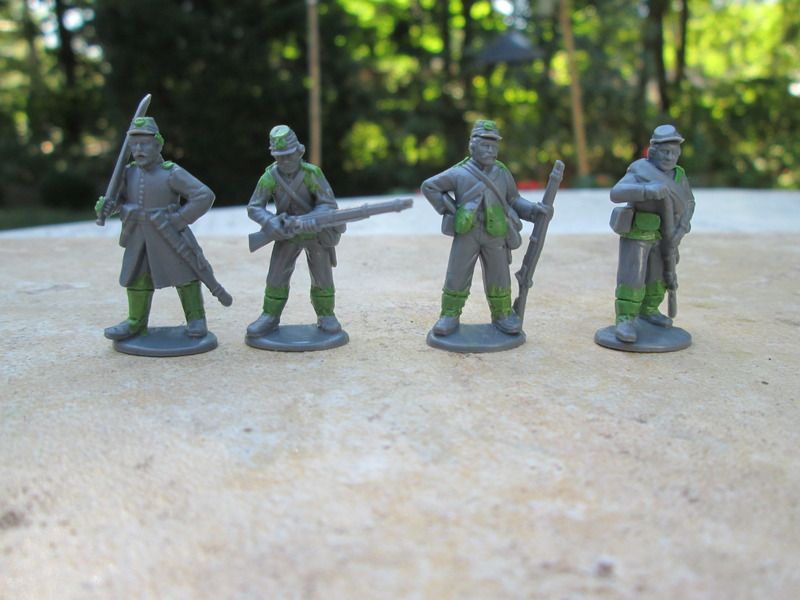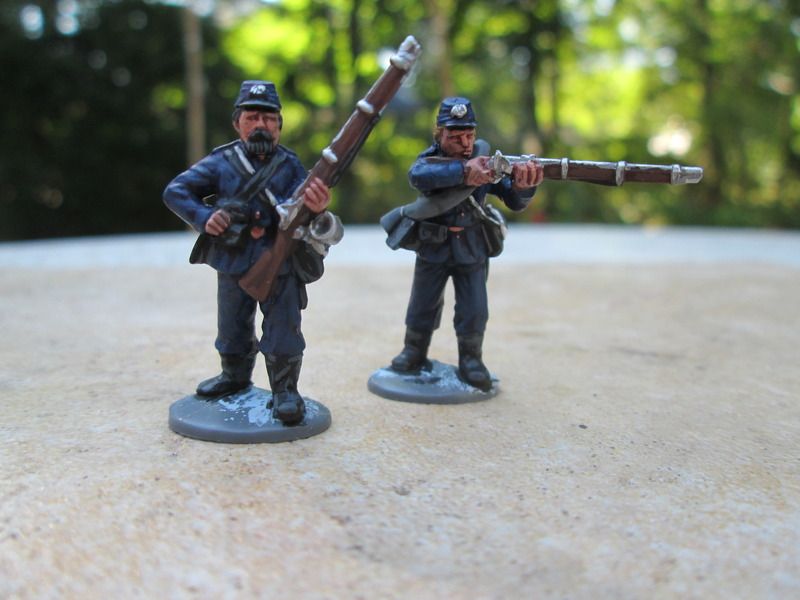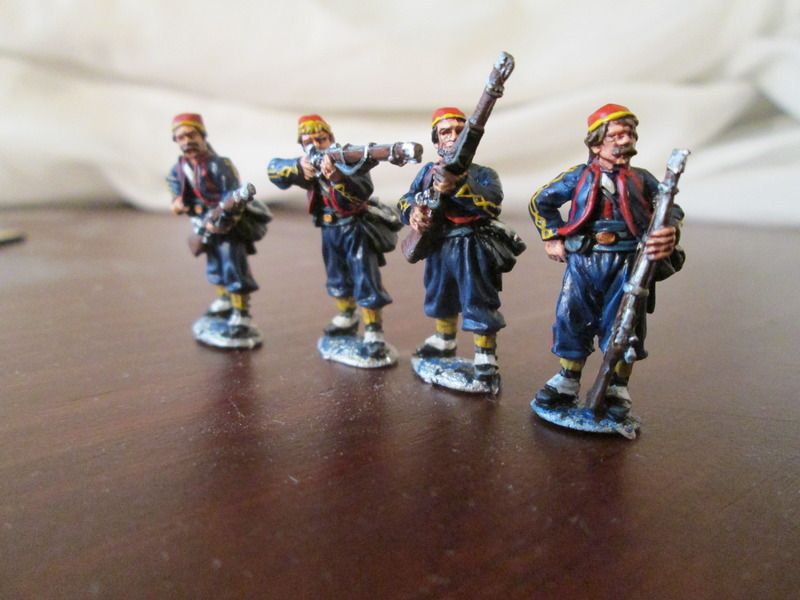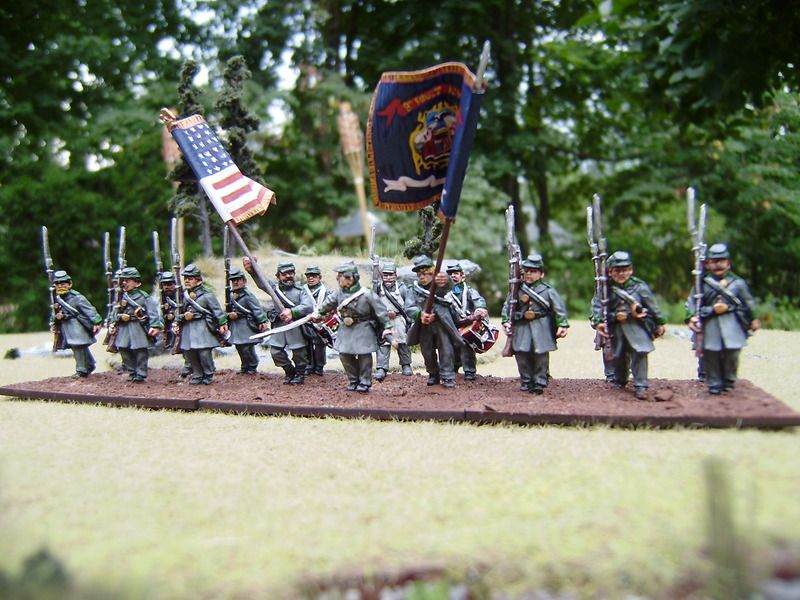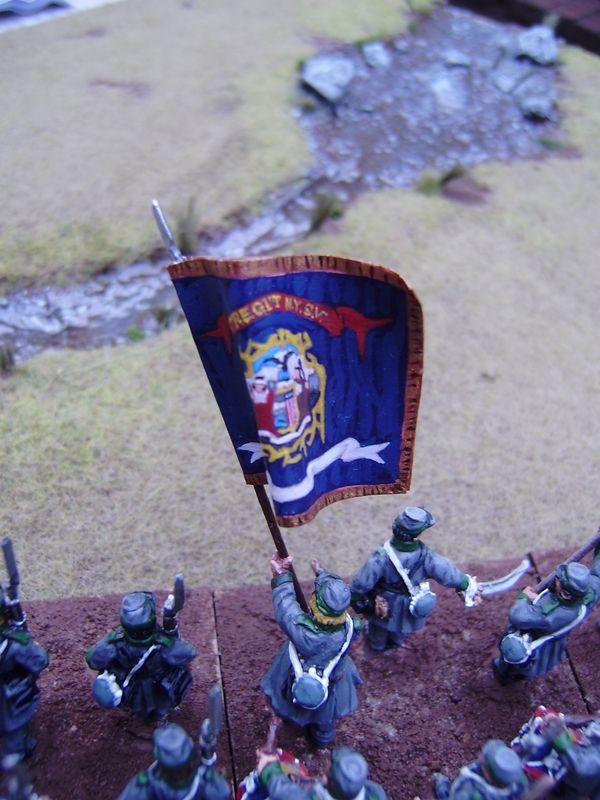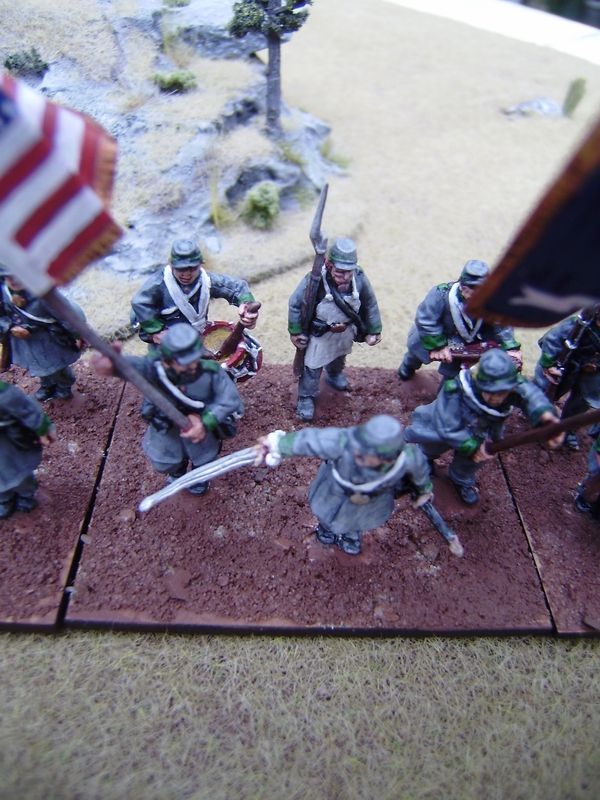Much of the battle was fought along Chatterto'sn Hill (now called Battle Hill), a long, steep-sided ridge that overlooks the Bronx River and guards the southern approach to the village of White Plains. The village was sited on one of the very few flat pieces of ground in Westchester County, through which also ran most of the few roads that existed in the colonial period, most notably the Boston Post Road. The Continental Army had retreated northward to White Plains after being driven from New York City and surrounds, and Lord Howe decided to force an engagement in the hope that Washington would finally capitulate. In summary, Howe launched a fierce assault, throwing two columns across the Bronx River and up the sides of Chatterton's Hill. The Continentals held their ground until the Hessian column under Rall, having seized another hill just South of Chatterton's, outflanked Washington's line and began to roll up his right flank. As the Continental flank gave way, the British column carried the rest of the Hill, and Washington promptly withdrew to North Castle.
The battlefield today is largely a pleasant residential area, and the houses both obscure one's view of the field and preclude much tramping around in search of topographical features. Washington's extreme left was situated where a memorial park now stands.
The park's flagstaff flies not only the Stars and Stripes but also the 1775 American flag and the flag of the City of White Plains, a sword and Phrygian cap with the motto "Liberty or Death."
It's a nice, quiet spot, and one can little imagine that it was the scene of a fairly ferocious fight. There are some signs that give a good impression of the course of the battle.
The "You are Here" marks the location of the park, on the Continental left.
Below the Hill is the memorial proper, which can also be glimpsed from one's car as one drives on the Bronx River Parkway.
While walking around, I tried to find the location of the Continental right flank, where the battle was decided by Rall's Hessians. (Rall would himself be on the receiving end of a Continental assault only two months later at Trenton, where he was killed.) It is of course difficult to use today's topography as a guide; the ground undulates considerably, and how much it has changed in the past 230 years I cannot say. Nevertheless, by walking along the ridge-line I was able to come to the southern end of the hill, where the ground dipped down sharply to form a saddle between Chatterton's Hill and another hill immediately to the Southwest. I presume this was the point where the Hessian battalions dislodged the defenders. Those of you who might wish to visit the spot should look for the intersection of Lee and Chase streets.
The memorial park had been decorated with a few small American flags, but in general there seemed to be no sign that anyone had "observed" the anniversary. Suddenly, however, I noticed a house flying the Pine Tree flag and a Liberty or Death flag - surely no coincidence.
Also, given the time of year, I was able to examine the many Halloween decorations that residents had put up. This was my favorite:
















